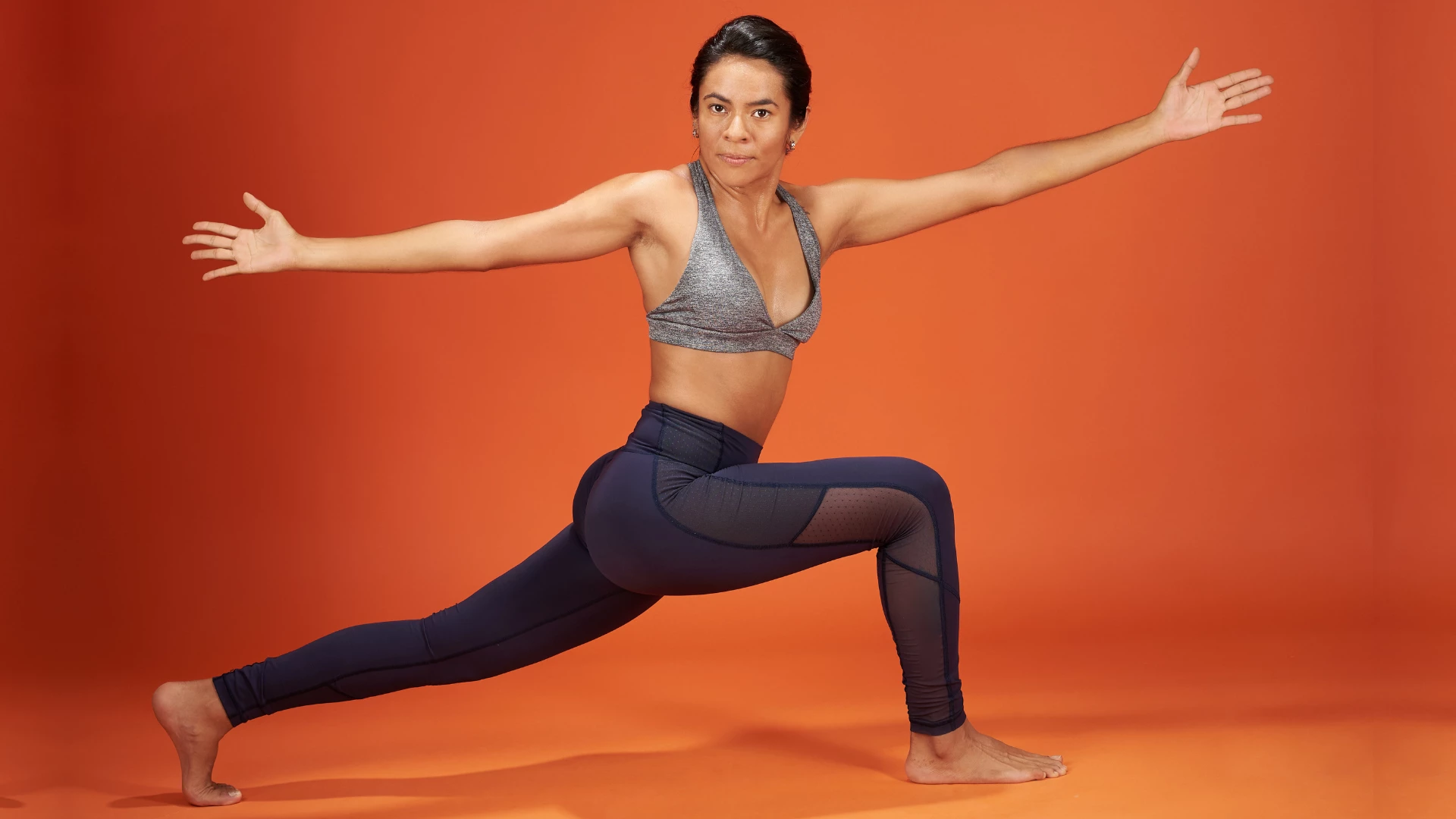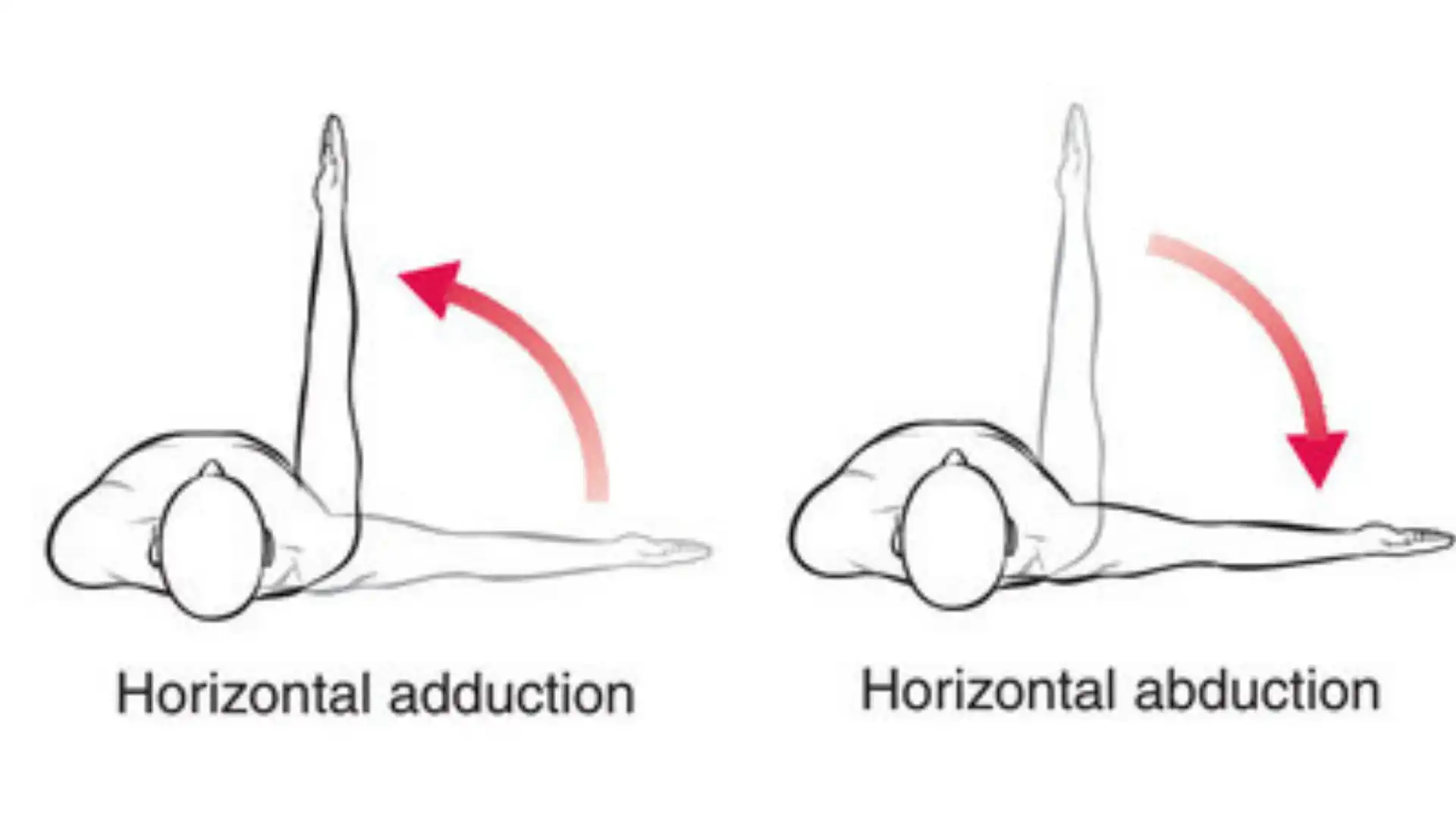Yoga Anatomy Language Part 3

In this post, I’m getting back to some anatomy terminology! This will be the third and final part of my anatomy language series. Please check out Yoga Anatomy Language: Part I and Yoga Anatomy Language: Part 2 if you missed them. There are a few more basic movements that are helpful for yogis and yoga teachers to know. These additions are kind of special movements, but don’t worry! These movements are really only special
because they have special names.
The movements themselves are not very complex and actually look very similar to what we’ve already seen in the first two anatomy language posts. After adding these movements to your anatomy vocabulary, we should be in pretty decent shape to talk about more interesting things! To help us remember these additional movements, we’ll get some help from dolphins, ballerinas, and Seinfeld’s soup chef. Just like before, we can group these movements by their planes of motion.
Movements in the Sagittal Plane
In the sagittal plane, we have forward and backward movements, and at the ankle, we have the first two specially named movements, dorsiflexion, and plantarflexion. These are really just different names for flexion and extension in the ankle. There doesn’t seem to be any good reason for these special names. It could be that some anatomist a long time ago just decided it would be this way, and it stuck! Dorsiflexion is really just like flexing the ankle, and plantarflexion is like extending the ankle. This is where the dolphins and ballerinas give us a hand in remembering these special names.
“Dorsiflex” sounds kind of like “dorsal fin” (like on a dolphin), and a dorsiflexed ankle kind of looks like a dorsal fin, kind of. Use your imagination! Dorsiflexion is seen a lot in yoga as in Warrior I Pose (Virabhadrasana I), Crescent Lunge Pose (Anjaneyasana), Fierce Pose (Utkatasana), and Downward-Facing Dog Pose (Adho Mukha Svanasana).
Now ballerinas point their toes a lot. They help us remember some anatomy here because pointing your toes is what happens when you plantarflex your foot. Both “plantarflex” and “point” start with “p”! This is the position of your feet in Cobra Pose (Bhujangasana) and Upward-Facing Dog Pose (Urdhva Mukha Svanasana).
Movements in the Coronal Plane
Now, remember the coronal plane includes movements out to the side or back in toward the center. We only have a couple to add to what you already know. These aren’t too difficult because the first is just a combination of things that you already know from Yoga Anatomy Language: Part II. This movement is called “lateral flexion”, and just like it sounds, it is flexion (decreasing the angle between two parts) but laterally (or to the side).
This is the motion in your spinal joints when you do a hot-style Half Moon Pose (Ardha Chandrasana) or a side bend. Some lateral flexion also happens in Extended Triangle Pose (Utthita Trikonasana) and Extended Side Angle Pose (Utthita Parsvakonasana).

The coronal plane also has some side to side movements at the ankles. These are called “inversion” and “eversion.” Inversion is when you turn the bottom of your foot inward and eversion is when you turn it outward. (Maybe “outversion” would have been a better name.) I wish I knew of a more clever way to remember these guys, but I don’t, so we’ll just have to deal with it!
We see inverted ankles in the rear foot in Warrior II Pose (Virabhadrasana II). There’s also some ankle inversion in the rear foot of Warrior I Pose. Another example is Wide-Leg Forward Bend Pose (Prasarita Padottanasana). Eversion is not seen as often in asanas, but the muscles that work to cause eversion are definitely active to help you keep your balance!
Movements in the Transverse (Horizontal) Plane

Last, we come to the final plane, the transverse plane or horizontal plane. The first two movements are more combinations of things you already know. Horizontal adduction or horizontal abduction is simply doing adduction or abduction in the horizontal plane. This is taking a body part toward the middle of yourself (adduction) or away from the middle of yourself (abduction), but along the horizon.
Our final two special movements are supination and pronation, and they also happen in the transverse or horizontal plane. Supination is turning your palms to face forward or up, and pronation is turning your palms to face backward or down. These movements are a rotation of the forearms. They are very useful for opening doors, turning screwdrivers, and also your Downward Facing Dog Pose!

Here’s where Seinfeld’s soup chef comes in to help us remember. Supination is like turning your palms up to hold a bowl of soup. If you pronate and turn your palms down, you will definitely be spilling your soup, so, “No soup for you!”
How to Use Anatomy Language in Yoga Classes
So now that we have all of this great anatomy language down. Let’s put it to use! Virabhadrasana II is a beautiful illustration of some of these special movements. Starting at the feet, we have the rear ankle in inversion. Moving up to the front hip and shoulders we have horizontal abduction. Looking at the palms and forearms we have pronation. From what we already know from Yoga Anatomy Language: Part II, we can see that the front knee is in flexion, the back hip is in abduction, and the neck is in rotation.
Not too difficult, huh? So now, when you read about a muscle that inverts the ankle, you know exactly what that means! Also, if you know what action is happening at a joint, you know that the muscle that does the opposite action is getting a nice stretch. Keep the knowledge flowing!
Also, read...
How to Bend Forward Without Stressing the Spine
No Muscle Is an Island – Are You Making This Common Strength Training Mistake?
Discovering the Living Body: A Yoga Teacher’s Revolutionary Insight on Fascia
Related courses
Dr. Nolan Lee is a yoga teacher and physical rehab specialist in Chicago, IL, with an extraordinary passion for understanding how the body moves and functions. Nolan has the unique ability to blend the science of anatomy with the art of yoga. With an active practice at this clinic, Balanced Flow Wellness, he practically applies yoga to restore and maintain health. Dr. Lee also holds a Master of Acupuncture degree and is a NASM-certified corrective exercise specialist (CES). He enthusiastically shares his knowledge of yoga and anatomy in lectures, workshops, and on his blog.



